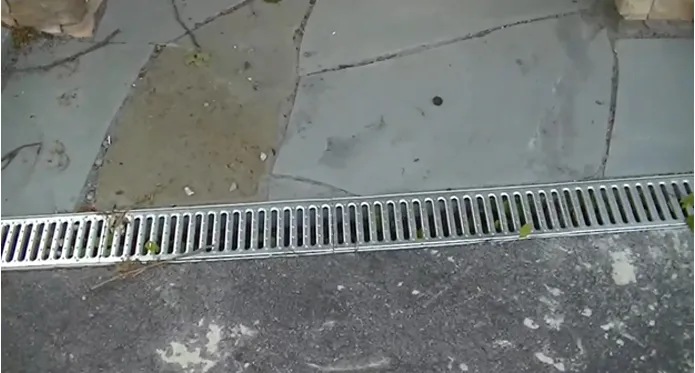Last Updated on November 14, 2023
Has your walkout basement been feeling a little damp lately? Have you noticed a musty smell or seen mold growing on the walls? These are all signs that your walkout basement drain is in need of a good cleaning.
A basement floor drain can be a real lifesaver during a rainstorm, but if it gets clogged, it can cause all sorts of problems. As any homeowner knows, they can be a major headache. They can cause water to back up, leading to flooding and water damage. Also, they can be difficult and expensive to repair.
In this blog post, we’ll show you how to clean out the walkout basement floor drain and prevent future clogs. Also, we will discuss safety measures and relevant questions that will immensely help you to solve your basement drain situation. Read on to learn more.
How to Clean out Walkout Basement Drain: Detailed Instructions
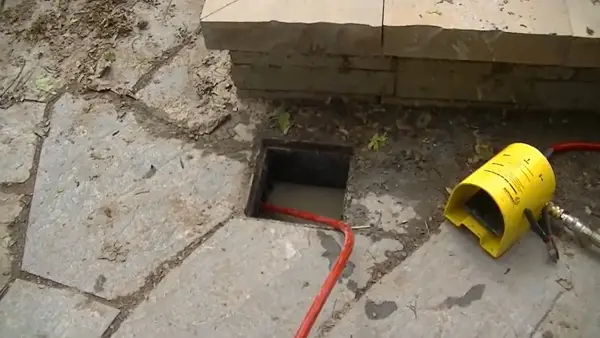
If you’ve noticed the basement drain is draining more slowly than usual, it’s probably time for a good cleaning. But before you go about trying to clear the drain on your own, you need to be aware of a few things. Here’s an explanation of how to clear your basement floor drain.
Required Supplies:
- Bucket
- Wet/dry vacuum
- Snake drain cleaner
- Plunger
- Bleach
- Water hose
- Gloves
1. Remove the Drain Cover
The first step is to remove the drain cover. This will give you access to the clog so that you can break it up and remove it. Be careful when removing the basement drain cover, as there may be standing water in the drain that can splash out.
If possible, use a screwdriver or other tool to loosen the screws that hold the drain cover in place. If the screws are rusted or otherwise difficult to remove, you may need to use a hammer and chisel to gently dislodge the cover.
2. Identify The Source
Identify the source of the clog. Is it in the P-trap? The drain line? Or further down the sewer line? If you can’t tell, don’t worry. A professional plumber will be able to help you determine where the clog is located.
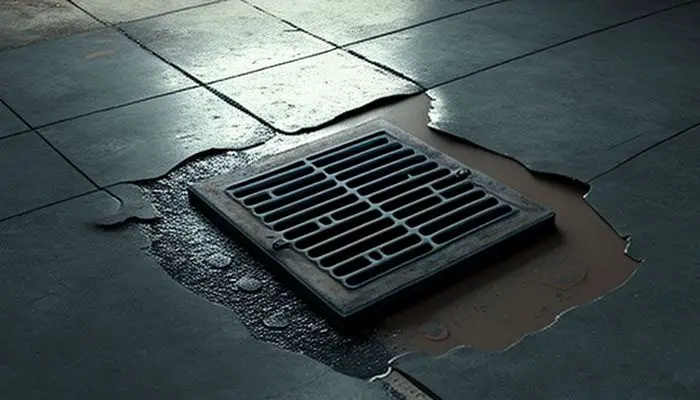
3. Break Up the Clog
Once you’ve removed the drain cover, you should see the clog itself. If the clog is in the P-trap, you can remove it by disassembling the trap and using a plunger or Drain Snake to remove the blockage.
To clear a clog in a basement drain line, you’ll need to use a plunger or a Drain Auger, also called a plumber’s snake, to clear it. If it’s made up of hair and soap scum, you should be able to break it up easily with a plunger or plumber’s snake.
The problem is if the clog is made up of grease or food waste, it will be more difficult to break up. In these cases, it may be necessary to use a chemical cleaner designed for kitchen drains. Follow the instructions on the cleaner bottle carefully, as these cleaners can be corrosive and dangerous if used improperly.
4. Remove the Clog
After breaking up the clog, you should be able to remove it easily with a vacuum or plumber’s snake. These are the steps you can take to do it.
a) Use a Vacuum Cleaner
If you can’t reach the blockage with your hands, the next best thing is to use a vacuum cleaner to suck it out. First, make sure that your vacuum cleaner has a wet/dry setting. You don’t want to clog up your vacuum by sucking up water. Once you’ve made sure it’s set to “wet,” put the vacuum hose over the basement drain opening and turn on the vacuum. If all goes well, the suction will pull the blockage out of the basement drain in order to dispose of it properly.
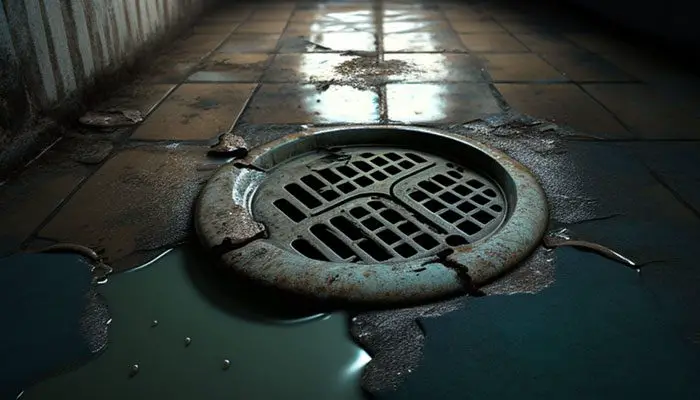
b) Use a Snake Drain Cleaner
If using a vacuum cleaner doesn’t work, then you’ll have to use a snake drain cleaner. This tool consists of a long, flexible metal rod that you insert into the walkout drain until you reach the blockage. Once you’ve hit something solid, begin twisting the rod in a clockwise motion until you feel resistance. At this point, continue twisting as you pull the rod back out of the basement drain. With any luck, the blockage will come out with it.
c) Use Bleach and Hot Water
If all else fails, you can try using bleach and hot water to dissolve the blockage. First, bring a pot of water to a boil and carefully pour it down the basement drain. Next, add 1/2 cup of bleach to the pot and mix well before pouring it down the basement drain again. Allow this mixture to sit for 15 minutes before flushing it with cold water from your hose. And that’s it. Your clogged floor basement drain should now be clear as day.
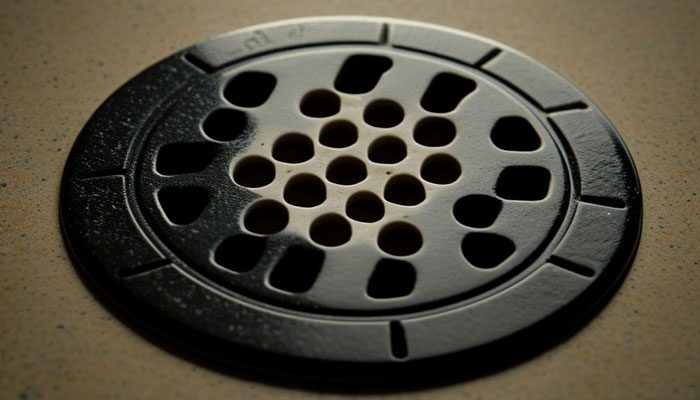
5. Prevent Future Clogs
Now that you’ve cleared out your basement floor drain, it’s important to take steps to prevent future clogs. The best way to do this is to install a mesh screen over the basement drain opening. This will catch hair, soap scum, and other small items before it has a chance to enter your plumbing system and cause a clog. You should also avoid pouring grease or food waste down your drains. These substances can solidify in your pipes and cause problems further down the line.
Safety Precautions to Take Before and During Clearing out a Walkout Basement Drain
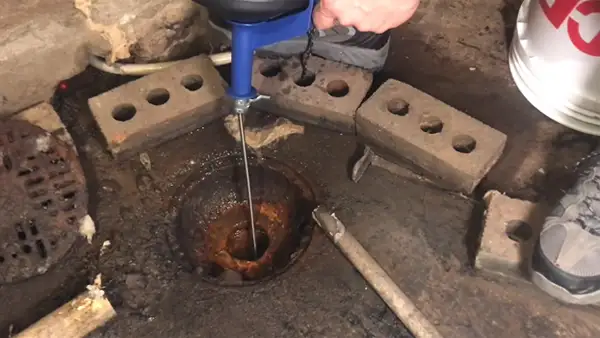
- Wear protective clothing, including gloves, a dust mask, and safety goggles, to avoid contact with cleaning solutions and contaminants.
- Ventilate the area by opening windows or using a fan.
- You should also make sure that there is no standing water on the floor before beginning work.
- Be sure to have a flashlight handy in case you need to enter the basement drain.
- Familiarize yourself with the location of your shut-off valve so that you can turn off the water if necessary.
- Make sure that all electrical appliances are turned off and that there are no open flames in the area.
- Clear the area around the basement drain so that you can work comfortably and safely.
Can You Put Drano Down a Basement Drain?
If your basement drain is slow or clogged, you may be wondering if you can put Drano down it. After all, Drano is designed to clear tough clogs, so it seems like it would be up to the task. In any case, there are a few things you should know before using Drano in your basement drain.
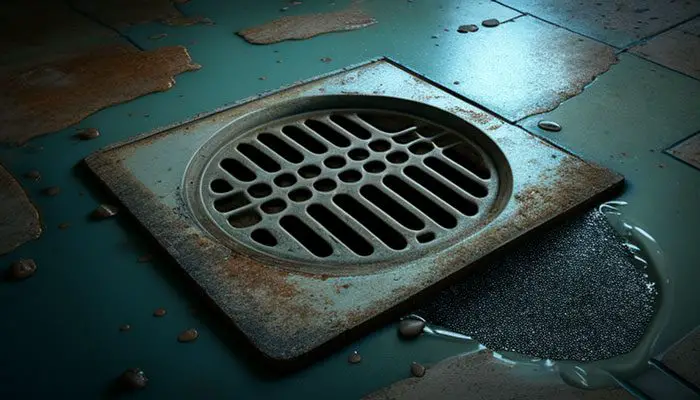
First of all, Drano is made of harsh chemicals that can mess with your plumbing. If used too frequently, it can eat away at the pipes, causing them to break down and leak. Also, Drano can cause dangerous fumes, so make sure that the area in which you use it has good ventilation.
For these reasons, it’s best to save Drano from stubborn clogs and instead opt for a less caustic solution for your basement drain.
Why Does My Walkout Basement Drain Keep Backing Up?

Basement drains are notorious for backing up, and there are a number of possible reasons why this happens. One common cause is that the drain is simply too small to handle the volume of water that’s trying to flow through it.
This is especially common during rainy periods when the water table is high, and there’s a lot of runoff. Another possible cause is that the drain pipe is blocked or obstructed in some way. This can happen if tree roots have grown into the pipe or if something has become lodged in it. Whatever the cause, a backed-up basement drain can be a major nuisance.
Is it OK to Pour Bleach Down the Walkout Basement Drain?
Household bleach is a powerful cleanser that can safely remove stains and kill bacteria. In contrast, when it is poured down the basement drain, bleach can quickly corrode pipes and septic systems. Bleach is highly corrosive, and it can corrode the pipe lining, leading to leaks and water contamination.
Aside from this, bleach reacts with other chemicals in sewage to create harmful chloroform gas. For these reasons, it is best to avoid pouring bleach down the basement drain. Instead, diluted bleach solutions can be used to clean tough stains on surfaces such as countertops and floors. If a clogged basement drain needs to be cleaned, there are several safe and effective alternatives to bleach that will not damage your pipes or septic system.
What is Black Stuff Coming Out of the Walkout Basement Drain?
If you’ve noticed black stuff coming out of your walkout basement drain, there’s no need to panic. In most cases, the culprit is simply a buildup of soap scum or mold. Then again, if the problem persists, it’s possible that you have a more serious issue, such as a sewer line blockage. If you suspect that this is the case, it’s important to call a professional immediately.
So, Let’s Clean Out The Walkout Basement Drain Today
The downside is that walkout basement drains can get clogged with particles and trash. Hopefully, after reading this article, you will have a clear idea of the process, and you can execute it without looking over your shoulder at every step.
It is important to keep your walkout basement drain clean in order to prevent flooding. You can do this by regularly clearing stuff from the gutters and downspouts and by sealing any cracks or gaps in the foundation. These simple steps will help you keep your basement dry and comfortable over the long term. Thanks for reading.

